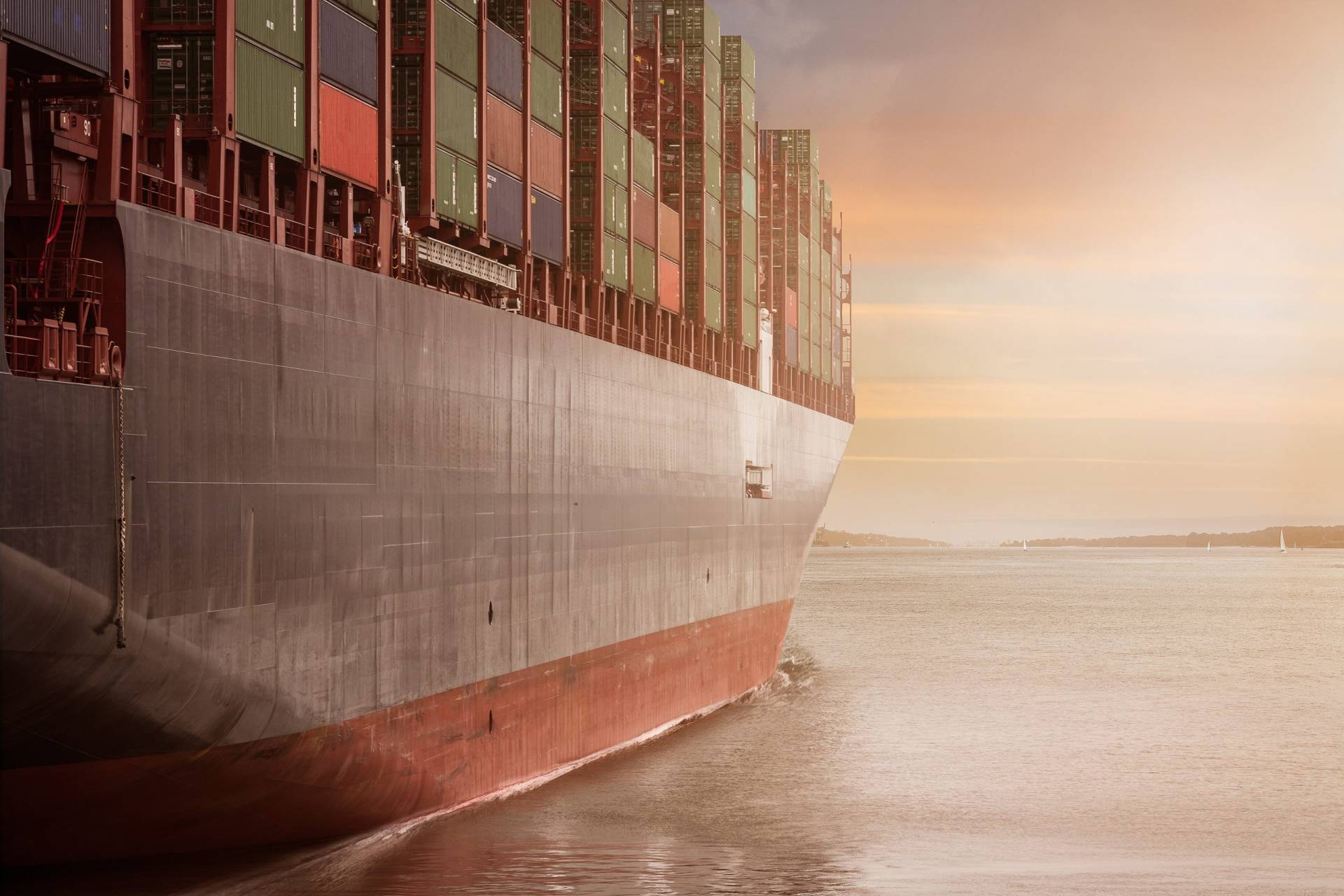Shipping damage can be a huge financial drain on any business, especially a small one — and it can be hard to avoid when you’re shipping delicate and fragile goods. But shipping damage isn’t inevitable. There exists technology that can help you research the stressors your shipments face, like impacts and vibrations, so you can take steps to mitigate them.
RFID and GPS-enabled Internet of Things (IoT) technology can give shipping and logistics professionals real-time data on shipping speed, delays, conditions, and more. Many warehousing processes can be automated. Routes can be changed on the fly to accommodate delays. The chain of custody for shipments can be transparent all along the supply chain, so sources of damage can be identified and steps taken to address them for future shipments.
Get Real-Time Data on Shipping Conditions
Connected technology can be attached to shipping containers or pallets, or directly to the goods or equipment themselves, and can send real-time data about what shipments are going through. That’s particularly important in the food supply chain, where cargo often needs to remain at a certain temperature, travel at a certain speed, and often avoid jostling, vibrations, and impacts. A shipment of fresh produce, meat, or dairy can go bad quickly if it’s not kept at the right temperature, so IoT devices can be used to monitor the temperature of these shipments and can even sound an alarm if temperature thresholds are breached. If you want to make sure your products are always safe, then depending on what it is then you may need to contact paper core manufacturers so you can properly pack them so they are ready to ship out.
Temperature isn’t the only thing IoT shipping monitors can track. They can collect data on the vibrations and impacts shipments go through en route — for example, a vibration monitor can either transmit real-time data on shipping vibrations and impacts, or collect and save data to be reviewed once the shipment reaches its destination. Monitors can also track how fast shipments are moving, so delays can be spotted and routes changed on the fly, if necessary, to make sure delivery schedules are met and supply chains aren’t impacted by delays. Information about where a shipment is and how fast it is moving can also help a manufacturer or warehouse prepare for its arrival.
Automate Warehousing and Storage Processes
In many warehouses around the world, shipments are still catalogued the old-fashioned way — by hand. It’s someone’s job to record what shipments arrive and when, and take inventory of how much and what each shipment contains, and record where it’s being stored in the warehouse, if relevant. When the shipment leaves the warehouse, they have to then process it out. All of that leaves a lot of room for human error, and can take someone a long time to do.
But now, shipping and logistics professionals can save all of that time and money used for manually tracking shipments as they arrive and depart, and eliminate much, if not all, of the risk of human error. RFID sensor technology can automate recording arrivals and departures, and make it easy to keep track of where shipments are in a warehouse.
Take Steps to Prevent Shipping Damage
When shipments get damaged in transit, you need to know what happened, when it happened, and who was to blame for it happening. IoT technology that tracks exposure to moisture, humidity, heat and cold, impacts, vibrations, and other sources of shipping damage can let you know exactly where and when potentially damaging events occurred. Was your pallet of expensive electronics left out in the rain on someone’s loading dock? Did your truck full of fresh milk get too hot? Did the damage happen at some point along the supply chain, or did it befall the shipment after delivery, due to the negligence of the recipient? These are important questions to have answered when a shipment arrives damaged.
Even if the damage is no one’s fault, necessarily, but is the result of something unavoidable, like rough seas, poor roads, or a traffic accident, shipping monitor data can help you take steps to avoid it next time. Maybe you need to use a different shipping route, carrier, or method. You’ll have the data you need to know what changes you should make, and where, in order to make sure that future shipments arrive unharmed.
The more data you have about what your goods go through in shipment, the better off you’ll be when it comes to avoiding shipping damage. Don’t let your supply chain languish in the 20th century — it’s time to make the most advanced technology work for you.

